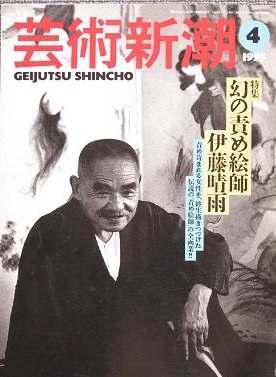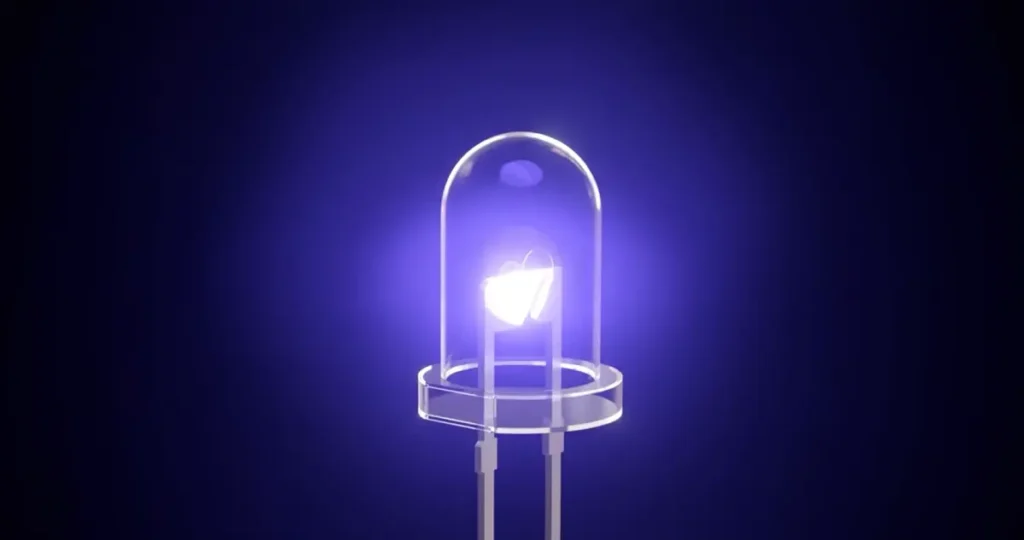When I came to Japan, I saw many high-tech things. High-speed trains, robot waiters and automated multi-story garages and shops with a lot of stock gadgets. But I discovered that for decades, local taxi companies have been running the same taxi model – the Toyota Crown Comfort on the roads of the Land of the Rising Sun. Do you know why?
Why Toyota Crown Comfort Stands Out ?
Perhaps the most famous representative of the Japanese taxi is the Toyota Crown Comfort. At one time, Toyota created a model specifically for taxis, and this left a special mark on the characteristics of the car. It turned out to be quite simple, very reliable and comfortable. The second row has a soft sofa that retains its shape for years, and there is enough legroom, especially considering the average height of local residents.
The driver can remotely open and close the rear door using the red lever (remote door opener) located at the right foot. The Toyota Crown Comfort sedan was produced in versions with gasoline and diesel engines, and for commercial purposes, a modification running on methane was often used.
One way or another, all modifications of the Crown Comfort were very reliable and unpretentious. The simplicity of the design and low maintenance cost (readily available parts and car services) are one of the reasons why Japanese taxi companies continue to use the Crown and are in no hurry to abandon it.
In local operating conditions, cars travel hundreds of thousands of kilometers without any large investments, so they are very profitable from an economic point of view.
Why Expensive Inspections Favor Older Taxis
We see a similar situation in Macau and Indonesia, where the Toyota Crown Comfort is still relevant. Previously, the model was actively used in Singaporean taxis, but they abandoned it due to the introduction of strict environmental standards. An obvious reason for the popularity of used cars in Japanese taxis is the mandatory technical inspection.
Its implementation costs about $600-800, even if there are no units requiring repair or replacement in the process. And while private cars are exempt from technical inspection during the first three years from the date of manufacture, this does not apply to taxis.
It is precisely the strict and expensive technical inspection that has become one of the reasons for many Japanese to update their personal cars (and actively sell their “old” fleet, including abroad).
This reason is irrelevant for taxis, since additional costs every six months are inevitable, regardless of the year of manufacture. Also, servicing old sedans is often easier and cheaper, since the models were created with an emphasis on practicality and maintainability. Despite the impressive age of the cars, there are no complaints about their condition.
Even the light interior of the sedan remains in excellent condition due to high-quality care, and the cleanliness of the streets and favorable climate allow the body to remain in like-new condition. Of course, this will not last forever, and even the most reliable car will have to be written off sooner or later.
In addition, old Toyotas are under pressure from strict environmental standards, which is why many taxi companies have begun to purchase hybrid and electric cars. But even now, 30 years after the release of the first car, Crown Comfort remains a flagship car in Japanese taxis, and has become one of the calling cards of the cities of the Land of the Rising Sun.

About the Author
Manish is a Civil Servant. Users can follow Manish on Instagram ![]()
Why Some Most Indians are not following the Rules ?
Enjoy the time, my friends! Have you ever wondered how we Indians have made breaking…
How to Live Longer: Real Ways to a Healthy, Long Life
If you want to live longer, you must be fit not only with your body…
Bobby: 50 years of Love, Fashion, and Pop Culture in Bollywood
Only a few films have left such a deep mark on the history of Bollywood…
The Art of Shibari: Why Japanese Rope Bondage Continues to Captivate
Few people know that “Shibari (Japanese bondage)”, the technique of tying a person with ropes…
Now Cultural Patrika Gate is reflection of young Jaipur
Patrika Gate, located at the entrance of Jawahar Circle Garden in Jaipur, the pink city…
How Blue LED changed the world?
In 2014, the Nobel Prize was awarded to Japanese scientist Shuji Nakamura, who invented the…






